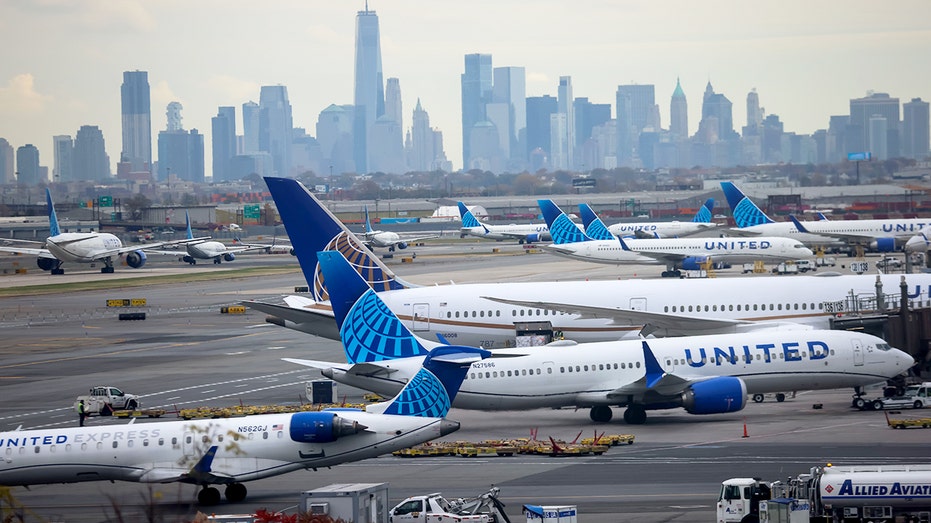A silent crisis unfolded across the nation’s skies as the Federal Aviation Administration began drastically reducing air traffic. The cause wasn’t weather, nor mechanical failure, but a deepening political stalemate – a government shutdown stretching into its 40th day and crippling the ability to staff air traffic control towers.
The initial cuts impacted 40 major airports, from the bustling hubs of Atlanta and Dallas to the gateway cities of Denver and San Francisco. This wasn’t a minor adjustment; a 10% reduction in flights threatened to cascade into widespread cancellations and leave thousands of passengers stranded, their travel plans thrown into chaos.
The core of the problem lay with the controllers themselves. Facing the prospect of missing a second paycheck, more and more began to call out, unable to sustain themselves without income. The FAA, prioritizing safety above all else, responded by proactively reducing flight volume – a difficult decision born of necessity.
Experts warned that the situation was likely to worsen, not improve, as long as the shutdown persisted. Staffing levels wouldn’t magically rebound; in fact, they could deteriorate further as controllers, burdened by fatigue and financial strain, might resign or take sick leave. The potential for escalating disruption loomed large.
Despite the cuts, officials were adamant that safety wouldn’t be compromised. The FAA wouldn’t allow flights to operate if they couldn’t be safely managed, even if it meant significantly reducing the number of aircraft in the air. The focus remained squarely on maintaining the highest standards of air travel security.
This unprecedented response – deliberately reducing air traffic due to a funding lapse – marked uncharted territory for the aviation industry. In over three decades of experience, FAA Administrator Bryan Bedford stated he’d never witnessed such measures being taken, highlighting the severity of the situation.
The strain on air traffic controllers was already immense, with many working six-day weeks and enduring mandatory overtime. The shutdown amplified this pressure, leading to voluntary safety reports from pilots expressing concerns about controller fatigue. The FAA acted to prevent a potential crisis before it fully materialized.
The situation exposed a critical question: what constitutes minimum essential services when funding vanishes? No one could definitively answer, venturing into a legal and logistical gray area with potentially far-reaching consequences. The future remained uncertain, dependent on a resolution to the political impasse.
As days turned into weeks, the impact on travelers became increasingly real. Delays mounted, cancellations soared, and the simple act of flying became a gamble. The skies, once a symbol of connection and freedom, reflected the fractured state of affairs on the ground.





